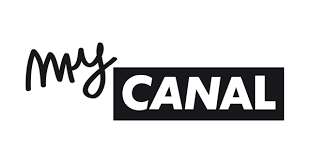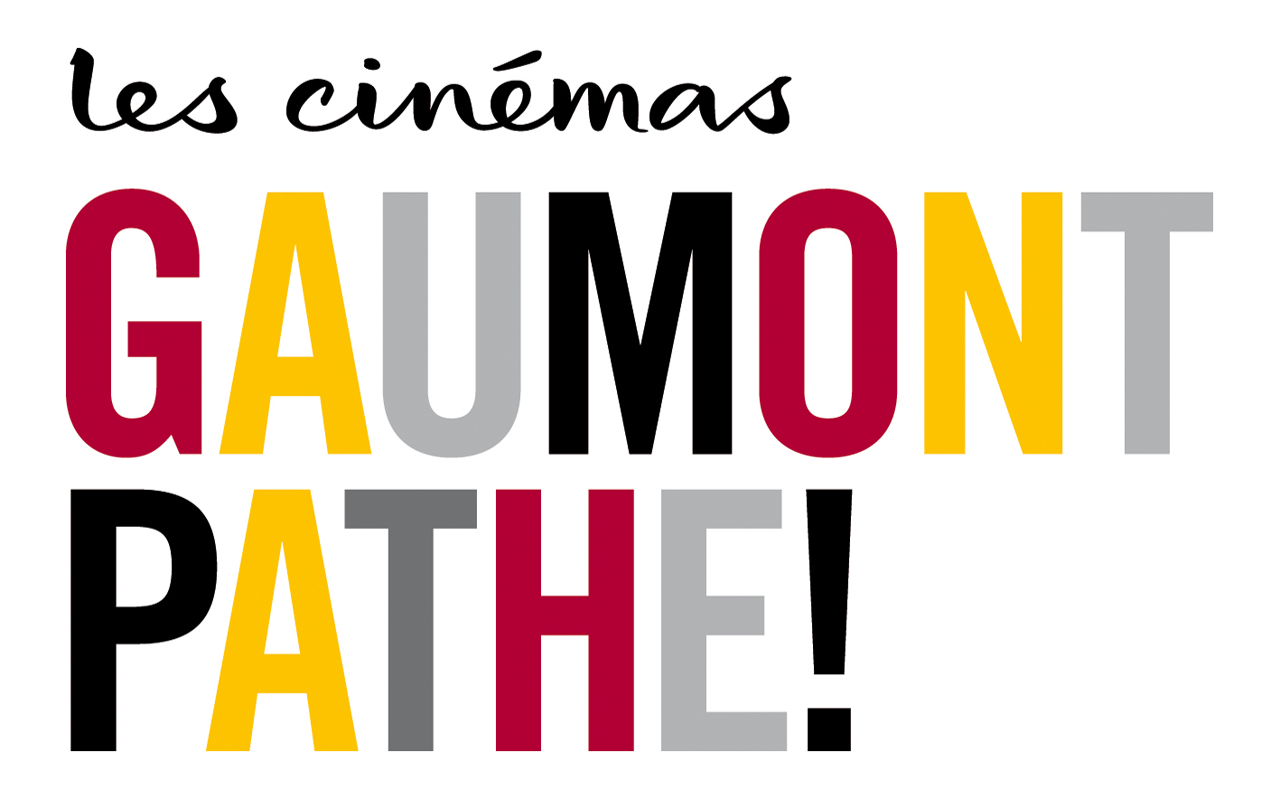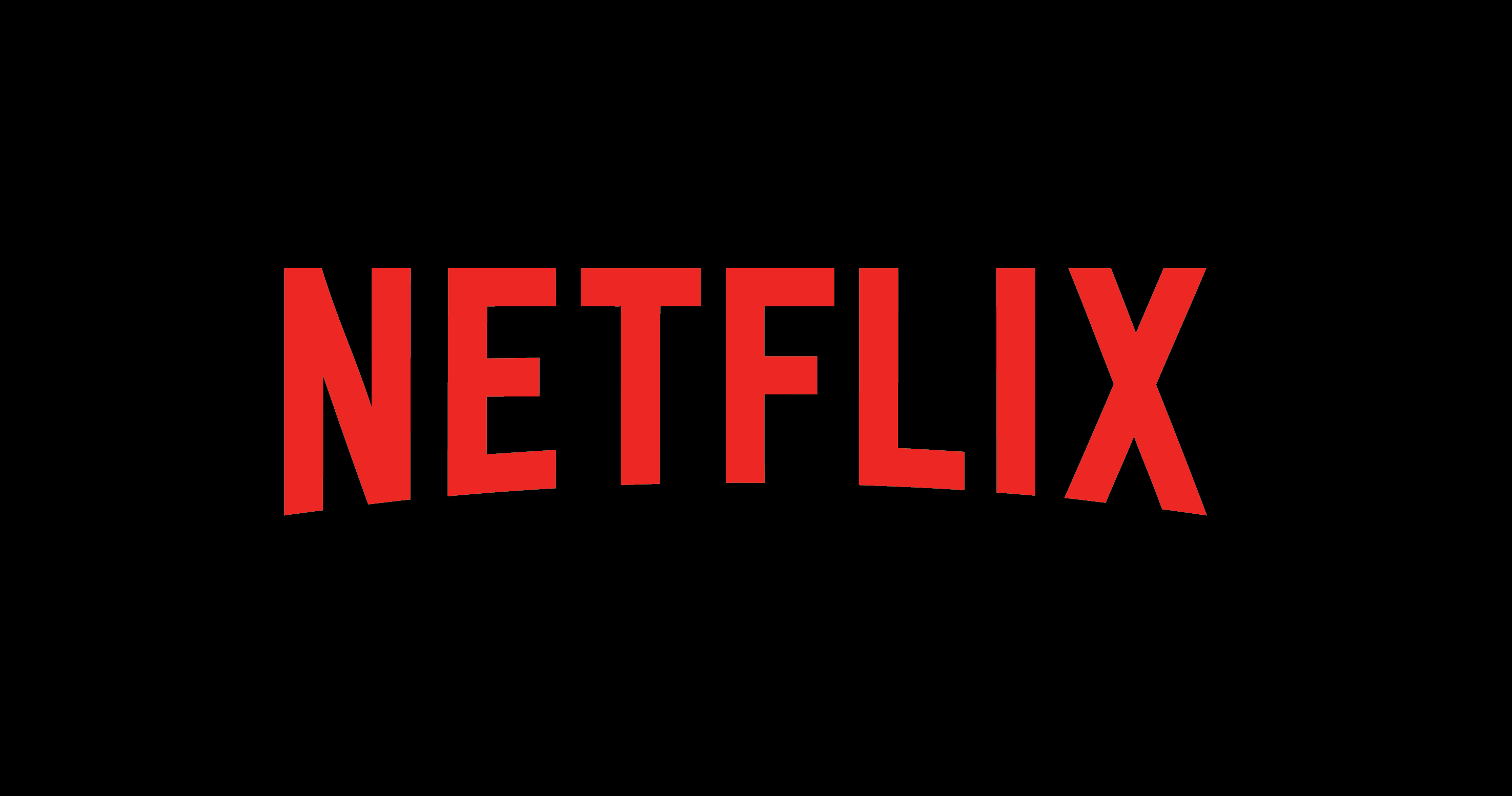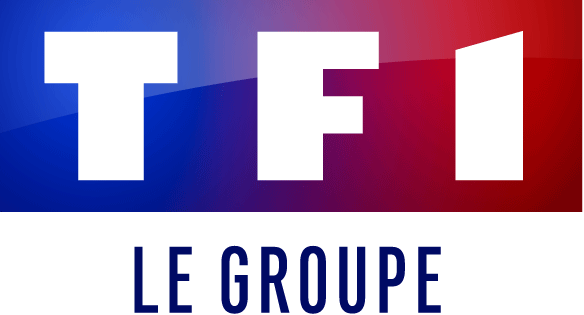Synthèse
The global cinematographic production market, valued at $94.45 billion in 2022, has been experiencing rapid growth with an expected compound annual growth rate (CAGR) of 7.21% until 2030. The COVID-19 pandemic brought significant challenges, including postponed shoots and reduced cinema capacities, leading to a sharp decline in French cinema attendance from over 213 million admissions to 65.3 million in 2020. Despite the crisis, the market saw a swift 25% increase in France between 2021 and 2022, with 152 million admissions recorded in 2022, signaling recovery although not yet reaching pre-pandemic levels. The North American market was the largest shareholder in 2022 with 35%, while China is emerging as a booming market.
The rise of streaming platforms and video-on-demand (VOD) has disrupted the traditional market, highlighted by Netflix's exclusion from the Cannes Film Festival in 2019 due to its non-reliance on cinema releases. In response to the changing landscape, France's cinema sector has adapted with a diversification of funding, including substantial public support from the CNC alongside private investment, maintaining a fragmented market structure with many independent companies and subsidiaries of major groups.
Despite the impact of COVID-19 and challenges such as piracy, the market shows resilience and adaptability, leveraging opportunities such as VOD growth, which saw a market estimation of 1.7 billion euros in 2022 in France.
The Cinematographic Production Market Analysis: France's Resilient Demand Despite Global Challenges
The French cinematographic production market has encountered a series of ups and downs, especially with the advent of the health crisis that hit the globe. Traditionally characterized by the presence of films in cinemas, the industry now faces a transformation with the delinearization of content consumption through video-on-demand platforms like Netflix and Prime Video – a trend that has both challenged and provided opportunities for the market.
Although there was an exclusion of Netflix from the Cannes Film Festival, the VOD platforms served as an alternative during the coronavirus epidemic, mitigating some of the impacts on the film industry. Globally, the film market continues to thrive, with a valuation reaching approximately between $90 and $100 billion in 2022. With an anticipated growth rate of about 7%, the market's future looks promising. North America remains at the forefront, holding a market share of around 35%.
Back home in France, which leads the European market, a significant - albeit encouraging - 25% increase in market size occurred between 2021 and 2022. French cinema attendance surged to more than 150 million admissions, reflecting a remarkable 59% growth from the previous year despite not yet returning to pre-pandemic levels. The surge offsets the tremendous 69.4% decline in attendance noted in 2020, which only saw between 60 and 70 million admissions.
The distribution of films pivoted during the pandemic, with many French films having greater screenings than American films in certain years like 2020 and 2022. Furthermore, French films accounted for over 40% of the market share, translating to more than 60 million admissions, marking a slight increase from 2021. However, American films saw a decrease to 40.5% market share, while ‘other nationalities’ captured around 18.6% in 2022.
The film production sector still remains relatively fragmented, with a large number of small to medium-sized independent companies, the presence of production groups, and subsidiaries of major audiovisual groups. Though the number of employees in the French film sector nearly halved over a decade, reaching a little over 5,000 in 2022, the industry shows signs of recovery post the health crisis. A substantial influence on the market’s demand side is the French cinema attendance, with more than half of this audience being occasional movie-goers, contributing substantially to box-office revenues.
Key Players and Innovators in the Evolving Film Industry Landscape
The cinematic universe is a dazzling constellation of diverse entities that propel stories from the ideation stage to the screens, captivating audiences across the globe. Within this ever-expanding galaxy, various powerhouse companies, each wielding unique influence, stitch the fabric of what we recognize as the film industry today. These players, strategically positioned, shape the market with a spectrum of cinematic offerings and technological advances, adapting to the tides of change and audience demand.
- Netflix stands as a pioneer in the realm of streaming platforms, continually disrupting traditional cinema viewing habits. Its subscription-based model and robust library of original content has cultivated an on-demand culture, directly beaming entertainment into the homes and devices of millions worldwide. By defying the restrictions of geographical boundaries, Netflix has created an omnipresent port for cinematic releases.
- Disney+, the family-oriented streaming service, brings beloved characters and timeless stories to the digital domain. With an arsenal of iconic brands such as Marvel, Star Wars, and Pixar at its helm, Disney+ has rapidly sailed to the forefront of the streaming race, capturing the hearts of young and established fans alike.
- Prime Video, an arm of e-commerce titan Amazon, adds to the streaming tapestry with its own array of original films and series. The platform's foray into film production and exclusive acquisitions has made it a significant force in the direct-to-consumer entertainment market.
- On the terrestrial front, France Télévisions, TF1 Group, and Arte lead the airwaves with broadcast television. These channels, iconic in the French media scene, continue to invest in film rights and are essential supporters of cinematic distribution on the small screen.
- Canal Plus Groupe, through MyCanal, fuses traditional broadcast with on-the-go streaming capabilities, delivering a rich catalog of films that satiate the varied tastes of cinephiles. It holds the torch for French cinema, making waves with an extensive collection that garners widespread viewership.
In the specialized sector strictly devoted to cinematic endeavors, companies such as Pathé Gaumont, Mediawan, UGC, and EuropaCorp carve their own niches. These entities span production, distribution, and exhibition, presenting films that reflect the artistic and cultural fabric of French and international cinema. Pathé Gaumont and UGC lights up the silver screen with its centuries-old heritage, while Mediawan leads innovative content creation.
à la compréhension de ce marché
Détail du contenu
 Informations
Informations
- Nombre de pages : 30 pages
- Format : Version digitale et PDF
- Dernière mise à jour : 06/11/2023
 Sommaire et extraits
Sommaire et extraits
1 Market overview
1.1 Definition and scope of study
Cinematographic production is the implementation of film projects through budget management and the search for financial and technical resources. Film producers are responsible for the production of cinematographic works, which they then sell to distributors.
A distinction is made between film production and audiovisual production.
- A cinematographic work is one "that has been approved for exhibition in France, or a foreign work that has been commercially exhibited in its country of origin";
- An audiovisual work is a program "that does not belong to one of the following genres : full-length cinematographic works; news and current affairs programs; variety shows; game shows; programs other than dramas, the majority of which are setalized; sports broadcasts; commercials; teleshopping; self-promotion; teletext services".
In simple terms, cinematographic works are characterized by their vocation to be shown in cinemas. However, the worldwide success of video-on-demand platforms such as Netflix and Prime Video is now challenging the definition of cinematographic production, as this new trend is fuelling a transformation in the way audiovisual content is consumed and produced, namely delinearization. Netflix's eviction from the Cannes Film Festival in 2019, due to its refusal to release its films in cinemas, illustrates this upheaval.However, delinearization represents a considerable opportunity, as illustrated by the coronavirus epidemicduring the coronavirus epidemic, the film industry was able to adapt by offering films released at the beginning of the year on VOD.
The global market continues to boom, particularly with the emergence of the Chinese market. The global market was valued at $94.45 billion in 2022, and is expected to grow at a CAGR of 7.21% until 2030.North America accounted for the largest market share in 2022, with 35%. The industry is one of the most competitive in the world, with a large number of players constantly striving to stand out from the crowd.
France, Europe's leading market, has suffered the full force of the health crisis, but is experiencing a very encouraging acceleration (+25% in market size between 2021 and 2022). Attendance levels are recovering increasingly rapidly, as are the number of screenings offered by cinemas, though without reaching pre-Covid figures. The balance between French and American films shown in French cinemas is shifting. the market is undergoing a veritable revolution, with the rise of streaming platforms and video-on-demand (VOD) services, while sales of films in physical format are collapsing.
The market is still highly fragmented, and benefits from a variety of sources of funding, including public funding from the CNC (Centre National du Cinéma et de l'image animée), particularly in the wake of the health crisis, to revitalize this particularly hard-hit market.
1.2 A fast-growing global market, driven by the United States
The global film and entertainment market was valued at $**.** billion in ****, and is expected to grow at a CAGR of *.**% to ****. It's a high-growth market.
Sales projections for the global film and entertainment market World, **** - ****, in $ billions Source: ****
The film and entertainment industry encompasses the production, distribution and broadcasting of ...
1.3 A healthy French market
Code **.**C - Production of motion pictures for the cinema covers the production and direction of auteur films and videos, both short and feature-length, intended primarily for theatrical release, so this is the sector we're interested in.
Size of the national film production market France, **** - ****, € billion Source: ****
The film production ...
1.4 Impact of Covid-19 on the sector
The Covid-** crisis affected the film production sector on several levels:
postponement of shoots, reshoots at extra cost; rescheduling of certain releases, with the temporary closure of cinemas, reduced capacity and the introduction of strict sanitary protocols in cinemas (***); declining investment by TV channels.
It should be noted that business in ...
2 Demand analysis
2.1 Cinema attendance still reeling from health crisis
A large part of producers' income depends on box-office takings from films shown in cinemas (***). Cinema attendance is thus a major determinant of producers' business.
Attendance at French cinemas fell by **.*% in ****, to just **.* million admissions, compared with over *** million admissions in ****. The year **** was also marked by very low attendance, ...
2.2 Changes in the French film-going population
The cinema-going population is defined as all individuals aged three and over who went to the cinema at least once during the year. Regular movie-goers are defined as those who go at least once a week, regular movie-goers as those who go at least once a month (***).
Structure of cinema-going public France, ...
2.3 The popularity of French films with audiences
In France, the majority of films shown in cinemas are French or American, and have been for a long time. American films are generally shown more than French ones, but this is not always the case. For example, in **** and ****, French films were more widely screened than American films.
Films shown ...
2.4 Film broadcasts on television
To broadcast cinematographic content, TV channels buy the rights to broadcast it. Thus, the number of films broadcast by TV channels, which depends on the amount of their investments, is another determinant of the activity of film producers.
In ****, cinematographic films accounted for only *.*% of the television offer, but *.*% of consumption ...
2.5 Falling sales of films in physical format, the rise of video-on-demand and the rise of piracy
Once a film has been shown in cinemas and/or broadcast on television, it can be released on physical media (***) or in digital format. Producers are remunerated on the basis of sales, and online film piracy is a major drawback for producers.
DVD and Blu-ray film sales have fallen sharply over ...
3 Market structure
3.1 Sector organization
The diagram below highlights the main activities carried out by film producers.
Source: ****
Producers are also in charge of mobilizing the necessary financing, both public and private.
Producers are thus upstream of the film industry, responsible for the production of works that will be exploited by various players:
cinema exhibitors ; video ...
3.2 Number of companies and associated workforce in film production
The number of establishments registered under NAF code **.**C, dedicated to the production of films for the cinema, experienced a period of decline between **** and ****, falling from *,*** to *,*** (***), before gradually increasing until today. The health crisis has had no significant effect on the sector's workforce.
Number of establishments and employees registered ...
3.3 Market concentration, filming and post-production
The film production sector in France is relatively fragmented:
numerous small- to medium-sizedindependent companies, often specialized by content type or genre; subsidiaries of major audiovisual groups, such as Canal + or TF* ; production groups, such as Gaumont, Mediawan or EuroparCorp.
In ****, *** different companies produced the *** approved French-initiative films, including ** co-delegated productions, illustrating ...
3.4 Financing film production in France
Overall, the two main sources of financing are :
contributions from French producers: **.*% in **** ; tV channels (***): **% in ****.
Forecast financing for French-initiated films France, ****, in Source: ****
However, the financing structure varies according to the type of film and its budget.
Funding for French-initiated films fell between **** and ****, reaching *** million euros (***), before falling again ...
3.5 Public funding
The CNC is a key player in the French cinematographic and audiovisual landscape, and is also involved in financing these sectors through grants. In ****, the CNC disbursed ***.* million euros in support. The breakdown by sector was as follows.
Breakdown of CNC support by sector France, ****, in Source: ****
Cinema therefore benefited most ...
4 Offer analysis
4.1 Typology of film productions
The chart below shows the breakdown of approved films by genre, with fiction dominating other genres (***).
Number of films approved by genre France, ****, in number of films Source: ****
However, there is an upward trend in the production of documentaries and animated films, although the latter are more volatile.
number of approved ...
4.2 A relatively constant number of films produced per year
In ****, French film production reached just *** approved films, down *.*% compared with the annual average of *** approved films between **** and ****. This decline follows a very dynamic ****, when filming was halted for *.* months in **** and many projects were postponed. the number of French-initiated films also fell by **.*% on the ****-**** average, to ***. However, ...
4.3 Highly fluctuating quotes
The average film estimate corresponds to the average estimate (***) after having reached its lowest level in ****. The value of the average estimate in **** was the highest it had been since ****.
Average estimates for French-initiated films France, **** - ****, in M€ Source: ****
In ****, the median estimate for French-initiated films was €*.** million, down *.*% on ...
5 Regulations
5. A sector largely dependent on public aid and subsidies
CNC's role in the industry :
The Centre National de la Cinématographie was created in ****. Its role is to manage the State's financial support for the film industry. Among the CNC's most important prerogatives are [***]:
support for film production and distribution; creation and modernization of movie the aters ; production of programs ...
6 Positioning the players
6. Segmentation
 Liste des graphiques
Liste des graphiques
- Taille du marché national de la production de films pour le cinéma
- Comparaison de l'activité de la production de films entre 2019 et 2020
- Nombre d'établissements et d'employés enregistrés sous le code NAF 59.11C
- Nombre de films agréés selon le genre
- Évolution du nombre de documentaires et de films d'animation agréés
Toutes nos études sont disponible en ligne et en PDF
Nous vous proposons de consulter un exemple de notre travail d'étude sur un autre marché !
Dernières actualités
Entreprises citées dans cette étude
Cette étude contient un panorama complet des entreprises du marché avec les derniers chiffres et actualités de chaque entreprise :
 Choisir cette étude c'est :
Choisir cette étude c'est :
Accéder à plus de 35 heures de travail
Nos études sont le résultat de plus de 35 heures de recherches et d'analyses. Utiliser nos études vous permet de consacrer plus de temps et de valeur ajoutée à vos projets.
Profiter de 6 années d'expérience et de plus de 1500 études sectorielles déjà produites
Notre expertise nous permet de produire des études complètes dans tous les secteurs, y compris des marchés de niche ou naissants.
Notre savoir-faire et notre méthodologie nous permet de produire des études avec un rapport qualité-prix unique
Accéder à plusieurs milliers d'articles et données payantes
Businesscoot a accès à l'ensemble de la presse économique payante ainsi qu'à des bases de données exclusives pour réaliser ses études de marché (+ 30 000 articles et sources privées).
Afin d'enrichir nos études, nos analystes utilisent également des indicateurs web (semrush, trends…) pour identifier les tendances sur un marché et les stratégies des entreprises. (Consulter nos sources payantes)
Un accompagnement garanti après votre achat
Une équipe dédiée au service après-vente, pour vous garantir un niveau de satisfaction élevé. (+33) 9 70 46 55 00
Un format digital pensé pour nos utilisateurs
Vous accédez à un PDF mais aussi à une version digitale pensée pour nos clients. Cette version vous permet d’accéder aux sources, aux données au format Excel et aux graphiques. Le contenu de l'étude peut ainsi être facilement récupéré et adapté pour vos supports.
 Nos offres :
Nos offres :
the film production market | France
- Quels sont les chiffres sur la taille et la croissance du marché ?
- Quels leviers tirent la croissance du marché et leur évolution ?
- Quel est le positionnement des entreprises sur la chaine de valeur ?
- Comment se différencient les entreprises du marché ?
- Données issues de plusieurs dizaines de bases de données
Pack 5 études (-15%) France
- 5 études au prix de 75,6€HT par étude à choisir parmi nos 800 titres sur le catalogue France pendant 12 mois
- Conservez -15% sur les études supplémentaires achetées
- Choisissez le remboursement des crédits non consommés au terme des 12 mois (durée du pack)
Consultez les conditions du pack et de remboursement des crédits non consommés.
- 01/03/2024 - Mise à jour des données financières de l'entreprise Canal Plus Groupe (MyCanal)
- 20/02/2024 - Ajout des informations de l'entreprise Asacha Média Group
- 13/02/2024 - Ajout des informations de l'entreprise Newen Studios
- 05/01/2024 - Ajout des informations de l'entreprise Dark Matters
- 03/01/2024 - Mise à jour des données financières de l'entreprise France Télévision
- 03/01/2024 - Mise à jour des données financières de l'entreprise Netflix
- 04/11/2023 - Mise à jour des données financières de l'entreprise Canal Plus Groupe (MyCanal)
- 30/10/2023 - Ajout des informations de l'entreprise Arte
- 30/10/2023 - Ajout des informations de l'entreprise Disney+
- 30/10/2023 - Ajout des informations de l'entreprise Prime Video
- 27/10/2023 - L'étude a été complètement mise à jour par un analyste Businesscoot. En plus de cette revue complète, des informations sur l'évolution de marché de la vidéo à la demande, sur la concentration du marché, sur les spécificités du tournage, sur les financements publics, ainsi que sur les devis des films, ont été ajoutées. Par ailleurs, les tailles des marchés mondial et français ont été actualisées, tout comme, entre autres, les caractéristiques du public français, les recettes des salles de cinéma et les parts de marché des différentes nationalités dans les films projetés.
- 02/10/2023 - Mise à jour des données financières de l'entreprise France Télévision
- 02/10/2023 - Mise à jour des données financières de l'entreprise Netflix
- 03/08/2023 - Mise à jour des données financières de l'entreprise Canal Plus Groupe (MyCanal)
- 06/07/2023 - Ajout des informations de l'entreprise Eddy Production
- 06/07/2023 - Ajout des informations de l'entreprise Les films du Losange
- 06/07/2023 - Ajout des informations de l'entreprise ARP selection
- 06/07/2023 - Ajout des informations de l'entreprise Studio Canal
- 21/06/2023 - Ajout des informations de l'entreprise FL Entertainment - Banijay
- 15/06/2023 - Ajout des informations de l'entreprise Videlio
- 14/06/2023 - Mise à jour des données financières de l'entreprise France Télévision
- 14/06/2023 - Mise à jour des données financières de l'entreprise Netflix
- 02/05/2023 - Mise à jour des données financières de l'entreprise Canal Plus Groupe (MyCanal)
- 09/03/2023 - Mise à jour des données financières de l'entreprise France Télévision
- 03/03/2023 - Mise à jour des données financières de l'entreprise Netflix
- 01/02/2023 - Mise à jour des données financières de l'entreprise Canal Plus Groupe (MyCanal)





 Dynamique en 2023, le propriétaire du producteur Banijay continue à tisser sa toile - 08/03/2024
Dynamique en 2023, le propriétaire du producteur Banijay continue à tisser sa toile - 08/03/2024
 Fremantle acquiert le producteur de « Scènes de ménages » - 22/02/2024
Fremantle acquiert le producteur de « Scènes de ménages » - 22/02/2024
 Production audiovisuelle : changement à la tête de Newen - 12/02/2024
Production audiovisuelle : changement à la tête de Newen - 12/02/2024
 Le marché fragmenté et croissant de la télévision payante en Afrique - 02/02/2024
Le marché fragmenté et croissant de la télévision payante en Afrique - 02/02/2024
 Comment Dark Matters propose de filmer le monde depuis l'Essonne - 04/01/2024
Comment Dark Matters propose de filmer le monde depuis l'Essonne - 04/01/2024






















